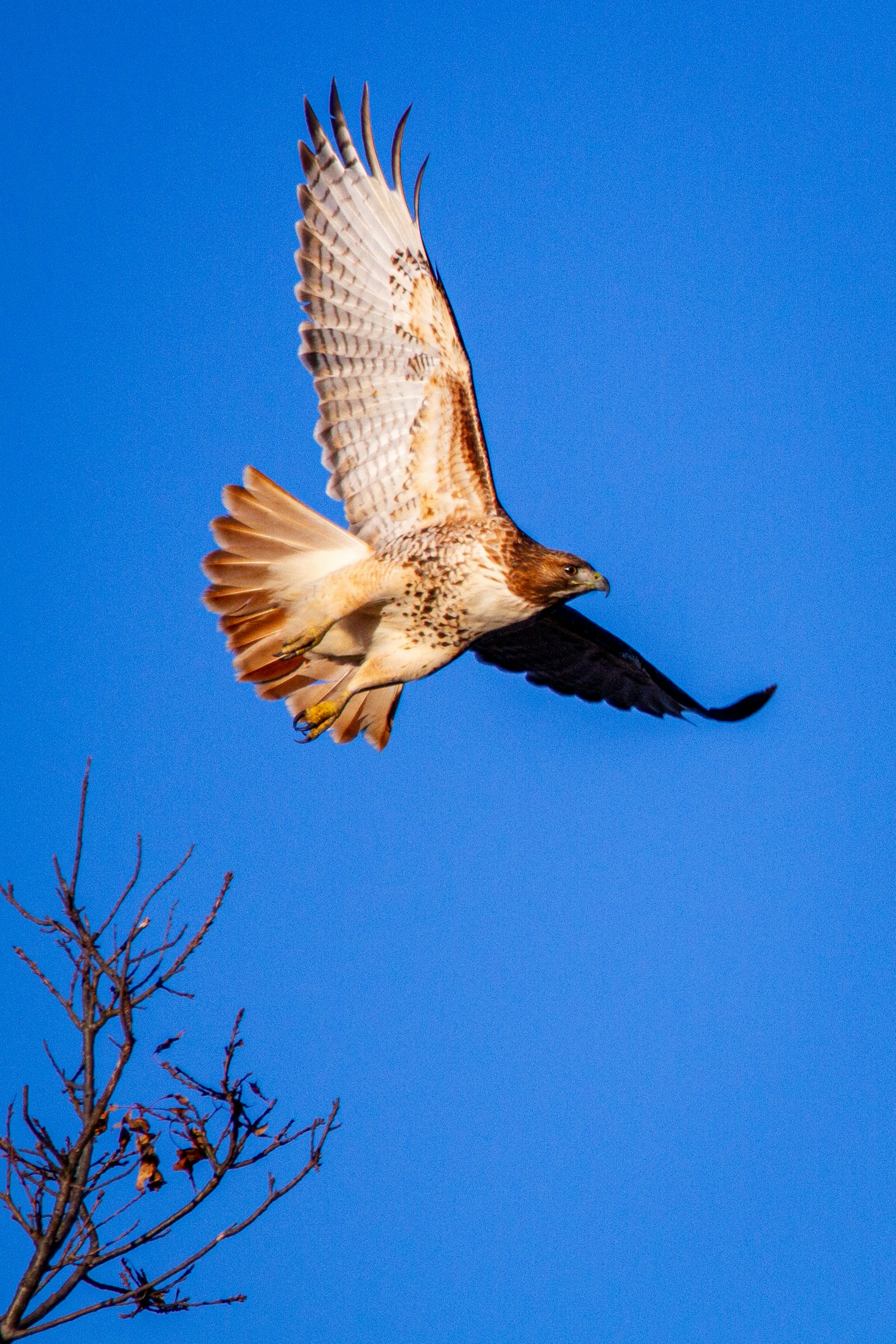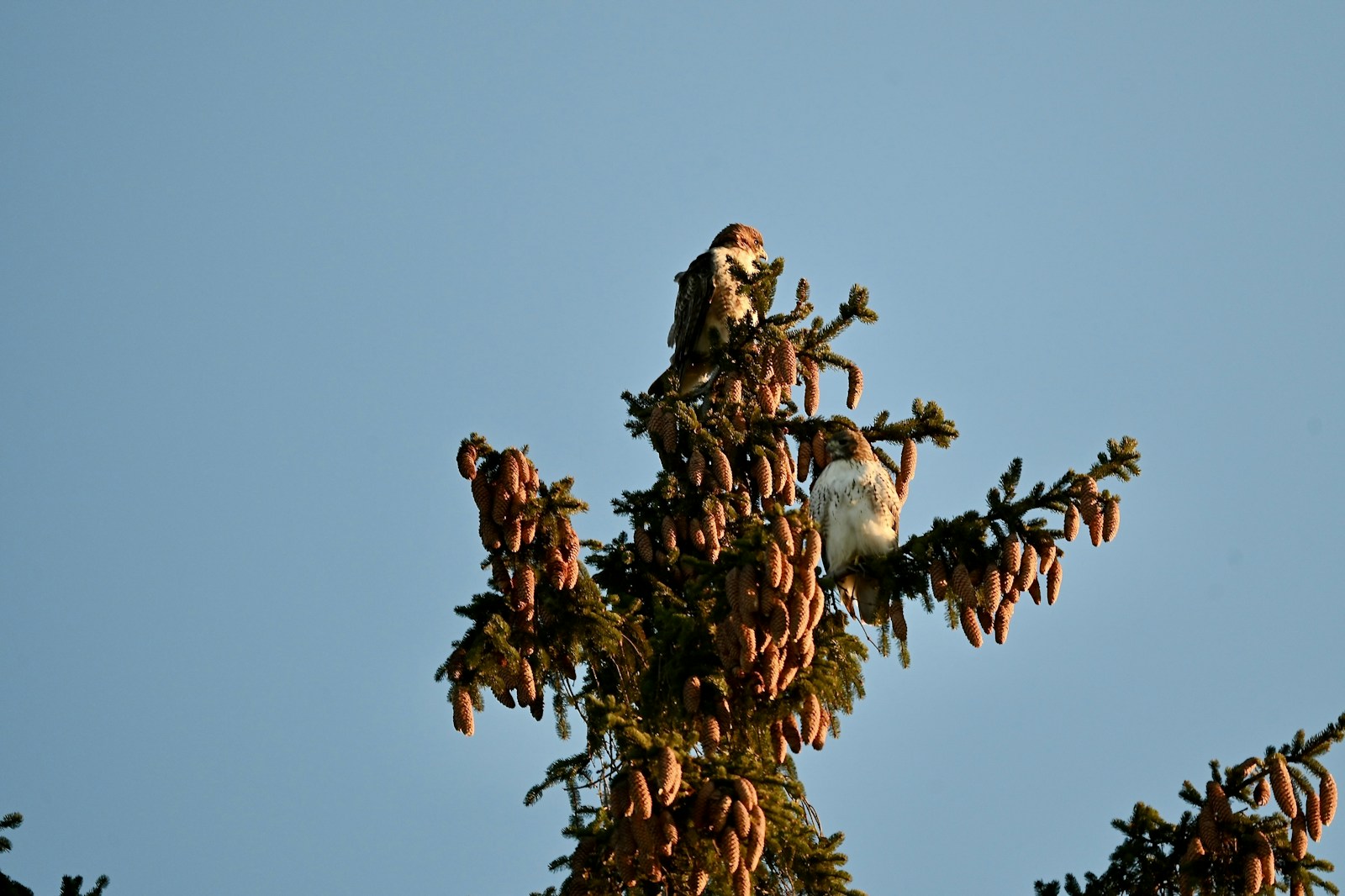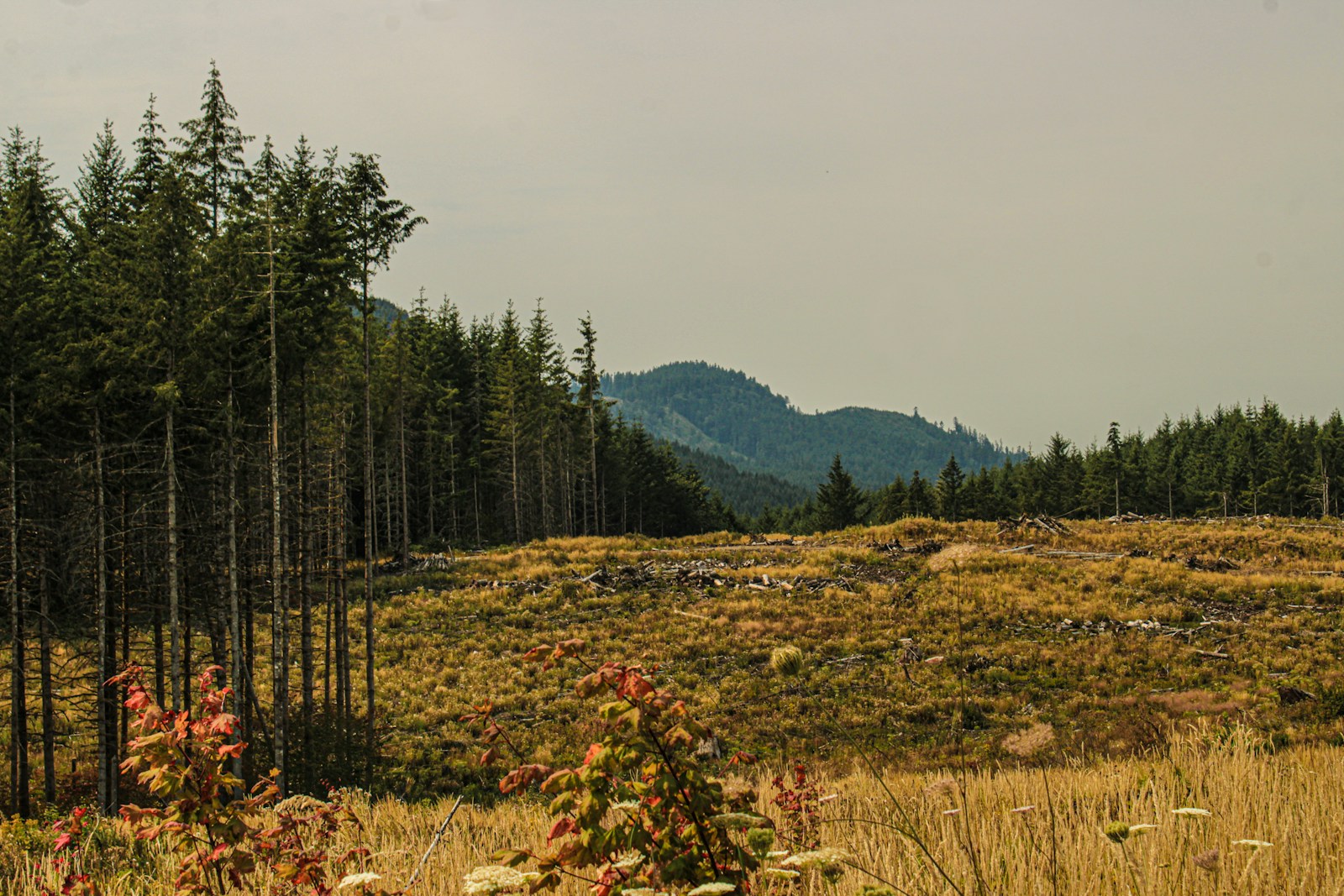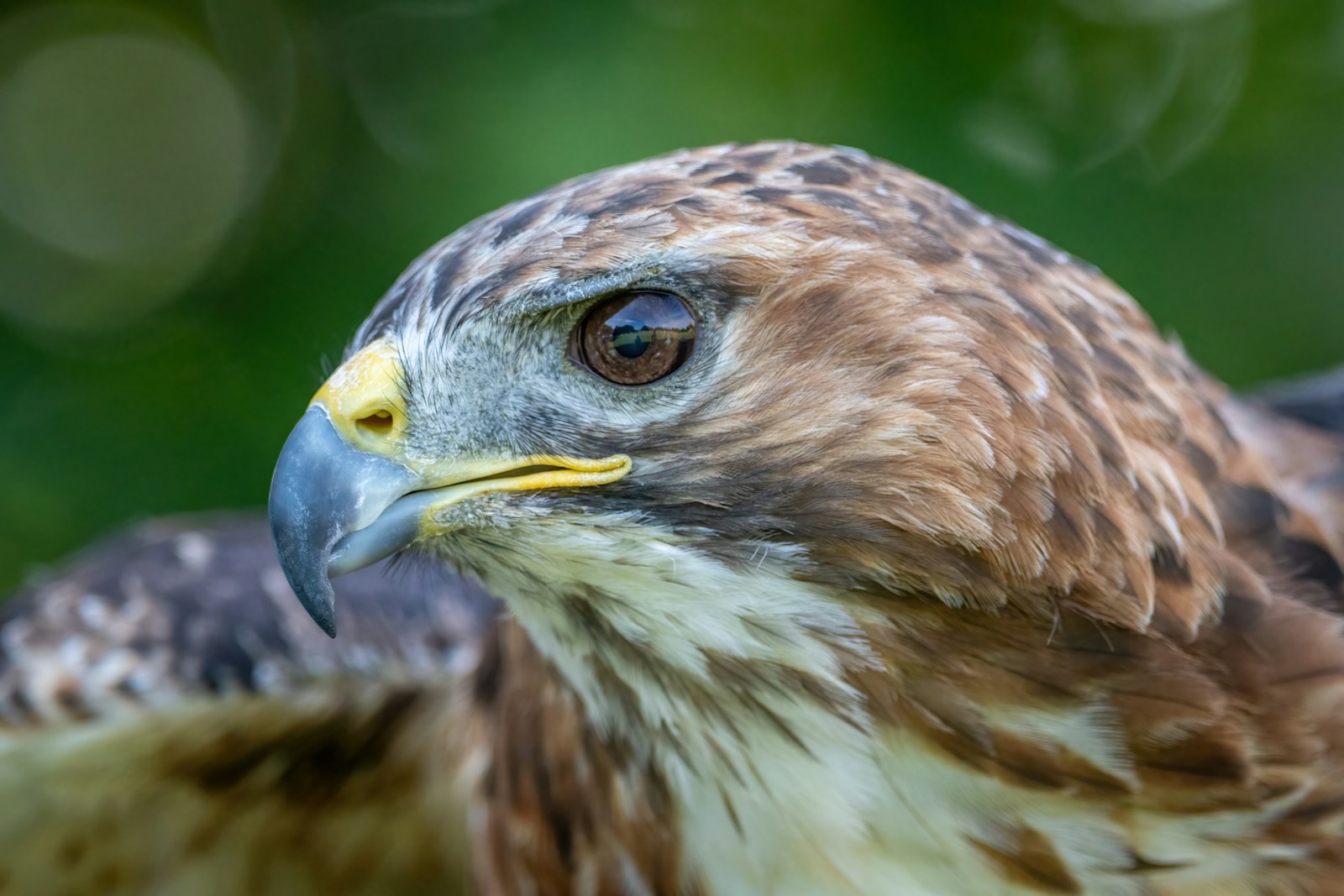By Rory Hale – REALTOR®, Rural Properties & Acreages near Calgary
Hello, wonderful folks, and welcome to another edition of Wildlife Wednesday! As a realtor specializing in the breathtaking foothills of Alberta, I often get asked what truly makes living out here so special. Is it the wide-open spaces? The stunning mountain views? The peace and quiet? Yes, all of that, and so much more. But today, I want to introduce you to one of our most magnificent neighbours, a creature that embodies the spirit of these lands and reminds me daily why I love calling this place home: the majestic Alberta Red-Tailed Hawk.

Imagine this: You're enjoying your morning coffee on your porch, the crisp, clean air filling your lungs, and suddenly, a shadow passes overhead. You look up, and there it is – a magnificent Red-Tailed Hawk, circling effortlessly against the vast blue sky. Its broad wings, often spanning over four feet, catch the sunlight, and if you're lucky, you might even spot that tell-tale rusty-red tail that gives this raptor its name.
It's a sight that never fails to fill me with awe and a deep sense of connection to the wild heart of Alberta.
These incredible birds are a common, yet always captivating, presence in our foothills. Their habitat is wonderfully diverse, preferring open country interspersed with woodlands, which perfectly describes our rolling hills and scattered tree lines.
You'll often spot them perched high on a fence post, a tall tree, or even a power pole, surveying their domain. They're not picky, as long as there's a good vantage point for hunting and plenty of food.
The story of the Red-Tailed Hawk truly begins with their mating and life cycle. These magnificent raptors typically begin breeding around three years of age. When spring arrives, usually in March, the courtship rituals are nothing short of spectacular. Both the male and female engage in a dramatic aerial display, soaring in wide circles high above their chosen territory. The male will then perform steep, downward dives, only to rise just as quickly. After a series of these breathtaking dives, the pair will sometimes even touch, or, in a truly awe-inspiring display, lock talons and spiral downward together before releasing each other just above the treetops. It's a dance of trust and strength that solidifies their bond.
Once paired, Red-Tailed Hawks are largely monogamous, staying together for life, often returning to the same nesting area, and sometimes even refurbishing the same nest year after year. Their nests are impressive structures, built from sticks, twigs, and bark, typically high in tall trees or on cliffs, providing an excellent lookout for potential predators like ravens or great horned owls. Nest construction is a joint effort, taking about four to seven days to complete, and can measure up to 38 inches in diameter and three feet tall!
In March or April, the female will lay a clutch of one to five eggs, though typically it's two to four. Both parents share the responsibility of incubation, a diligent process that lasts about 30 to 34 days. During this time, the male often takes on the role of provider, bringing food to the incubating female. Once the chicks, or eyasses, hatch, both parents are dedicated to their care and feeding.

The development of the young hawks in the nest is a rapid and fascinating process. In their first week, their culmen (the dorsal ridge of the upper beak) grows significantly, prioritizing their ability to consume food. By the second week, their third toe and tarsus (lower leg bone) show maximum growth, preparing them for movement within the nest. The third week sees rapid body weight gain as they consume plenty of food. By the fourth week, weight gain slows, and the young hawks begin to feed independently, with developmental energy shifting to feather growth. They fledge, taking their first flights, when they are about 42 to 46 days old, or roughly nine weeks from hatching. Even after fledging, the juveniles will often remain with their parents for another six to seven weeks, returning to the nest and honing their crucial hunting skills before finally becoming independent.
In the wild, a Red-Tailed Hawk typically has an average lifespan of about 12 years.1 However, under human care, they can live significantly longer, sometimes reaching up to 28 or even 30 years.
As for migration, Red-Tailed Hawks are considered partially migratory. This means that while some populations remain in their breeding grounds year-round, many, especially those from northern regions like Alaska, Canada (including Alberta, British Columbia, Saskatchewan, Manitoba, Yukon, and northern Ontario), and the northern Great Plains, will fly south for the winter months.4 These migratory journeys are highly variable in distance, with most being under 1,500 kilometers, though some young banded hawks have been recorded flying over 4,200 kilometers from Idaho to Guatemala! Juveniles often begin their southward journey as early as late August, with peak migration occurring in mid-October. During migration, they form loosely organized flocks, utilizing thermal currents and following "leading lines" like rivers, coastlines, and mountain ranges to make their journey more efficient. They typically return to their breeding grounds between late March and June.5
And speaking of food, the Red-Tailed Hawk is a formidable hunter! Their diet primarily consists of small mammals like voles, moles, mice, ground squirrels, and rabbits – a natural pest control service for our local farms and acreages! They're also known to prey on snakes and other birds. Their hunting habits are fascinating to observe. They'll patiently wait, sometimes for hours, before swooping down with incredible precision and speed. It's a masterclass in efficiency and power, a true testament to nature's design.
One of the most reassuring facts about the Red-Tailed Hawk is that it is not endangered. In fact, it's one of the most widespread and common hawks in North America, a testament to its adaptability and the health of our local ecosystems. This robust population is a good indicator of a balanced environment, which is something we cherish here in the foothills. The Red-Tailed Hawk is legally protected in Canada by the Migratory Bird Treaty Act.6
So, what makes the Red-Tailed Hawk important to the environment? Beyond their role as natural pest controllers, they are crucial indicators of ecosystem health. As apex predators in their niche, their presence signifies a healthy prey base and a functioning food web. They help maintain the balance of small mammal populations, preventing overgrazing and the spread of disease. They are a vital part of the intricate tapestry of life that thrives in our beautiful Alberta landscape.

Living in the foothills isn't just about owning a piece of land; it's about becoming part of a larger, living community. It's about witnessing these daily miracles, like the silent, powerful flight of a Red-Tailed Hawk, that connect you to something ancient and wild. It's about understanding the rhythm of nature and appreciating the delicate balance that sustains us all.
If you're looking for a place where every day offers a new discovery, where wildlife thrives, and where the air is clean and the views are endless, then perhaps it's time to consider making the Alberta foothills your home.
You might just find yourself sharing your morning coffee with a red-tailed friend, and trust me, that's a view you'll never tire of.
Happy Wildlife Wednesday, everyone!


